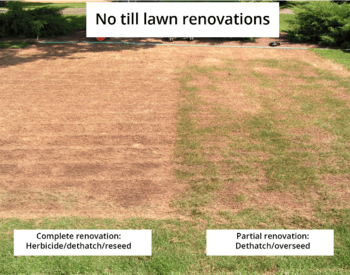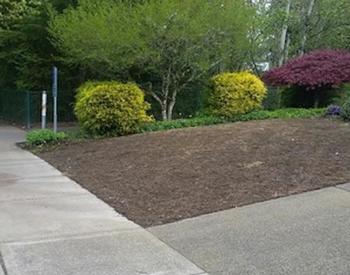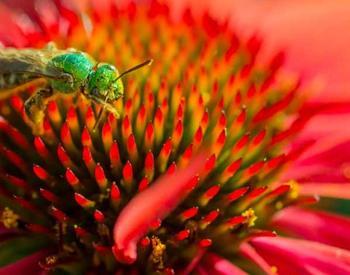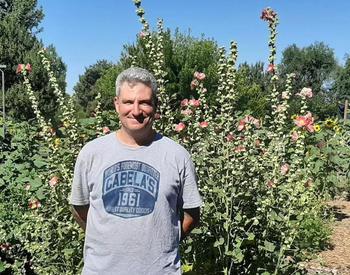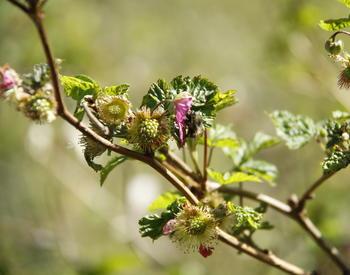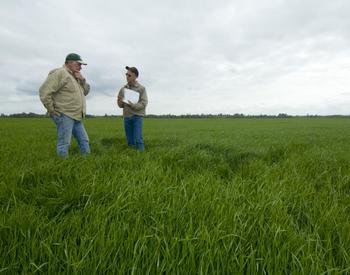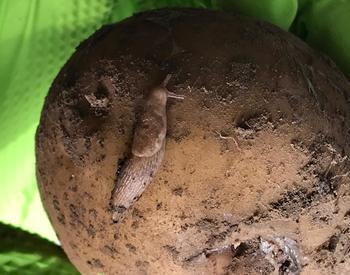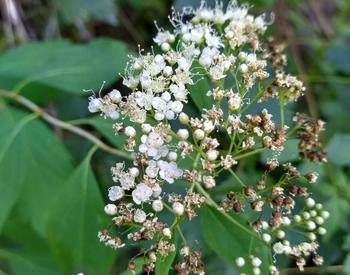My husband has decided to let the lawn grow tall because dog play is tearing up the lawn. He thinks that is best to keep the grass stronger. I read from multiple sources we should keep lawn 2 to 3 inches and understood that the grass spreads out as it grows if it is cut regularly. My thinking is that it is the best way to keep the bald spots filling in.
Please let me know if you have other tips for maintaining a lawn as a dog owner and how long we should let it grow.
Ideal grass length
The mowing height range for most grasses is between 1.5 and 3 inches. In general, for most lawns 2 to 2.5 inches is optimum because if you are mowing at 3 inches, your lawn may grow to 5 or 6 inches before you mow it again.
Here are some problems associated with letting your grass grow too long:
- Lawn thinning. If you let the grass grow taller, there is no need for the grass to tiller and your lawn thins out.
- Fungal diseases. In our wet climate, we get a lot of fungal diseases in late fall through spring. Tall grass makes matters much worse because there is no airflow, creating a perfect microclimate for fungal diseases.
- Lack of light. If the wet grass starts falling over, the taller grass shades the grass next to it and it will die from lack of light.
- Pests. We have had problems with field mice in our lawn research trials when we do trials mowing at higher heights meaning greater than 3 inches.
Grass density
Turfgrass responds to consistent mowing at the correct height by getting denser.
Turfgrass and other plants produce food (carbohydrates) through photosynthesis. When you mow grass leaves, you reduce the grasses’ ability to produce food. The grass senses it is low on food (carbohydrates) from photosynthesis, and it puts all its energy into producing more leaves by producing more branches with more leaves. This process is called is called "tillering." In effect, the mowing creates the density of the grass.
The lower and more often you mow, the denser the lawn and the finer the leaf texture becomes within a grasses' tolerance range. You can also remove too much leaf tissue, which we call "scalping." If you mow below a grass's tolerance range, it will thin out and other grasses and broadleaf weeds will encroach.
Here are some tips for improving your lawn's density:
- Discard lawn clippings. If you leave the clippings on the lawn, the clumps of leaves can get wet and smother the turf. This will kill the grass underneath.
- Reduce foot traffic. Foot traffic from humans and pets wears down the grass and thins it out. If your pet has a habit of digging holes, changing your lawn maintenance practices will not help. Instead, consider switching to artificial turf, concrete, or an alternative type of ground cover.
- Apply grass seed. Try over seeding your lawn in the Spring and Fall. Grass seed is not very expensive, and it is much cheaper (per pound) if you buy a large bag. Now is the perfect time to over seed because you do not have to irrigate every day to get the seed to germinate. I would use perennial ryegrass because it is one of the most wear-tolerant grasses and it germinates quickly. You can either apply it to your entire lawn with a drop spreader (6 lbs. of seed per 1,000 sq. ft.), or hand-seed the thin areas.
For more lawn-care suggestions, check out the OSU Extension article How to grow and maintain a healthy lawn.


